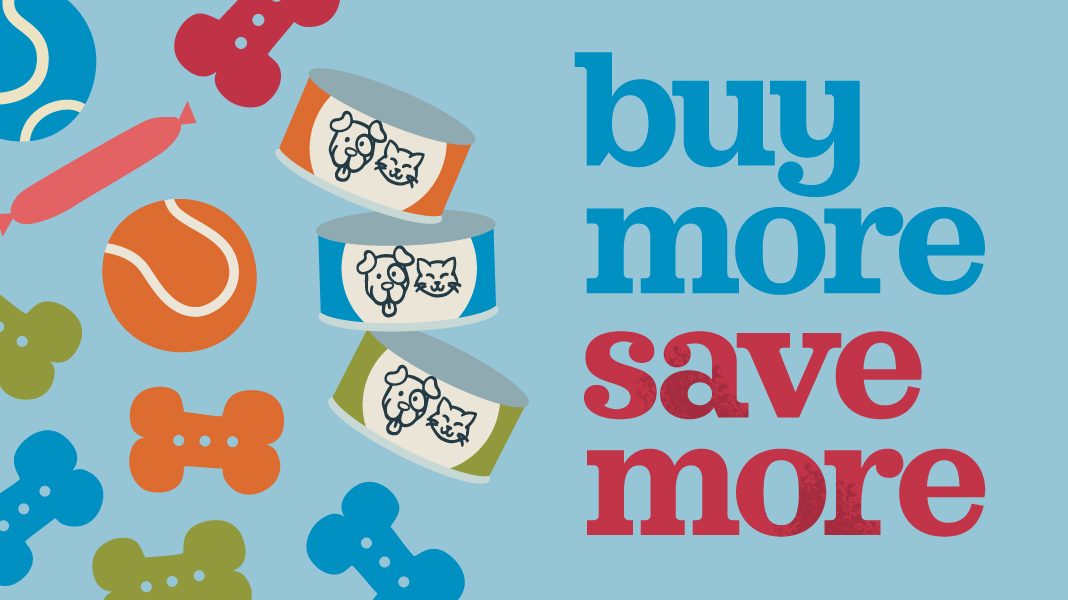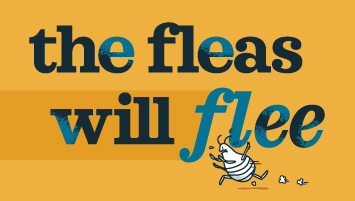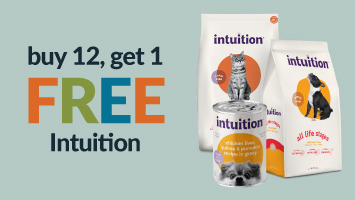In recent years, many pet owners have embraced raw diets as a way to provide their furry companions with a more natural and nutritious way of eating. Raw diets, which often consist of raw meat, bones, fruits, and vegetables, aim to mimic what dogs might have consumed in the wild. Proponents of raw feeding have reported numerous benefits, such as healthier coats, improved digestion, and increased energy, which can inspire hope and optimism for your dog's health and well-being.
Here's a comprehensive guide on how to safely feed your dog a raw diet:
1. Educate Yourself: Before diving into raw feeding, take the time to educate yourself thoroughly. Understand the nutritional requirements of dogs, including the balance of protein, fat, vitamins, and minerals. Consult reputable sources such as veterinarians, canine nutritionists, and reliable websites or books on raw feeding.
2. Quality Matters: The quality of ingredients is paramount when it comes to raw diets. Opt for human-grade, organic meats, and ensure they are fresh and free from additives or preservatives. Additionally, include a variety of proteins such as beef, chicken, turkey, lamb, and fish to provide a well-rounded diet.
3. Balance and Variety: Aim for a balanced diet that includes a variety of proteins, bones, and organs. Pets require muscle, meat, and bones for dental health and organs like the liver and kidneys for essential nutrients. Create a meal plan that offers diversity and meets your pet's nutritional needs.
4. Safe Handling Practices: To ensure the safety of your pet's raw diet, practice proper food handling and hygiene. Thoroughly wash your hands, utensils, and surfaces before and after preparing raw meals. Store raw ingredients separately from human food, and thaw frozen items in the refrigerator to avoid bacterial growth. These safety measures are designed to give you confidence and security in the transition process.
5. Monitor Your Pet's Health: When transitioning to a raw diet, monitor your dog's health and well-being. Check its weight, coat condition, energy levels, and stool consistency. Discuss any sudden changes or adverse reactions with your veterinarian promptly.
6. Gradual Transition: Introduce a raw diet gradually to allow your pet's digestive system to adjust. Mix small amounts of raw food with their current diet and gradually increase the proportion over several days or weeks. This gradual transition can help prevent digestive upset.
7.Consider Individual Needs: Every pet is unique, and their dietary requirements may vary based on factors such as age, breed, activity level, and health conditions. Tailor your pet's raw diet to meet their specific needs, and be prepared to make adjustments as necessary.
Feeding your pet a raw diet can be a rewarding experience when done safely and responsibly. By educating yourself, sourcing high-quality ingredients, practicing proper hygiene, and monitoring your pet's health, you can provide them with a nutritionally balanced diet that promotes their overall well-being. Remember that each pet is unique, so tailor their diet to suit their individual needs, and always consult with professionals for guidance and support along the way. With the right approach, raw feeding can contribute to your pet's longevity and vitality for years.






